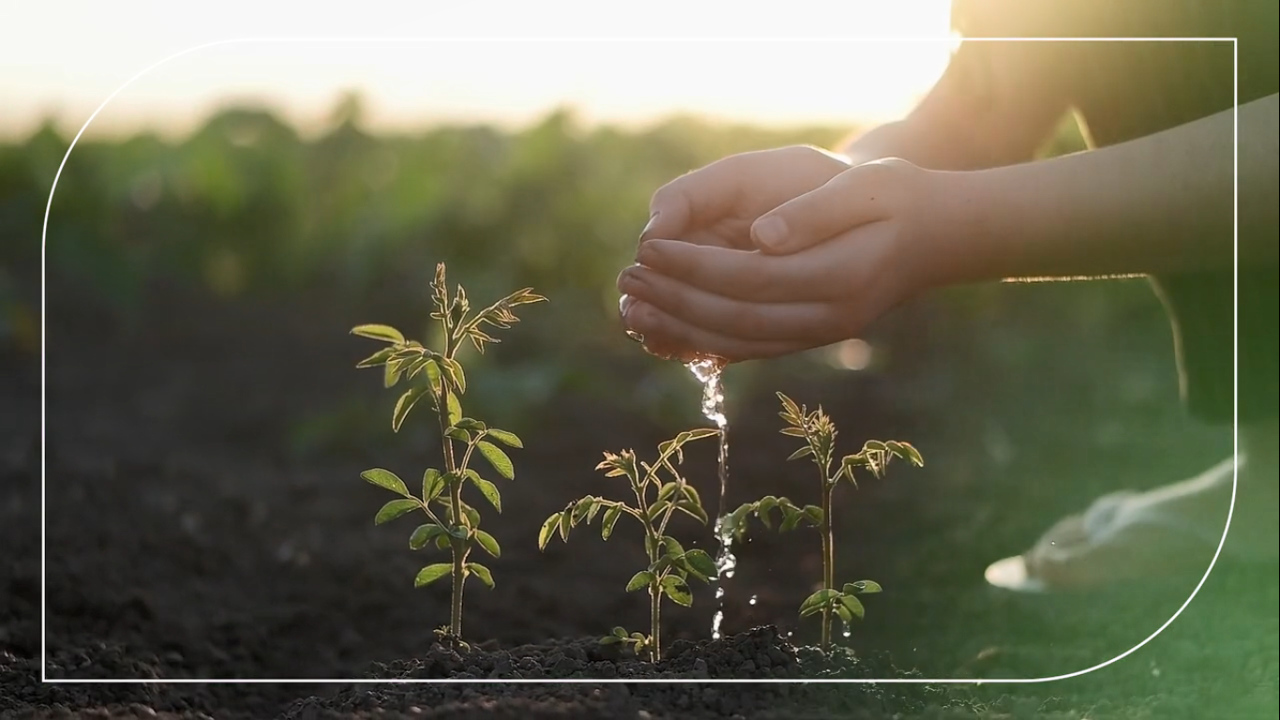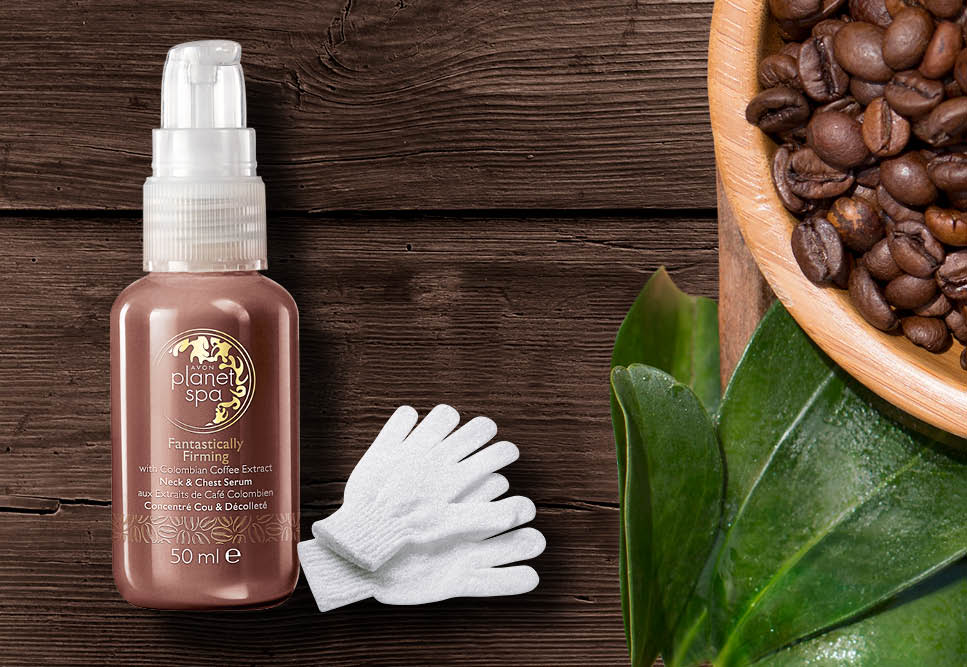
- Being Planet-kind
Being Planet-kind includes the work we’re doing to address the climate crisis, embrace circularity and regeneration and lower the environmental footprint of our operations. This includes reducing our carbon emissions and improving waste management and recycling and water stewardship across our operations.
We’re also doubling down on our efforts to reduce packaging our of products, move to 100% sustainable paper, and increase use of recycled and recyclable materials. When it comes to product formulation we’re working towards more renewable and natural ingredients and biodegradable formulas. We’ve also committed to full traceability and/or certification of our critical supply chains by 2025.
Reducing carbon emissions
We continue to focus on reducing our greenhouse gas (GHG) emissions and energy consumption, as well as increasing the use of renewable energy to reduce our carbon footprint.
Having surpassed our 2020 target (with 53 percent GHG emissions reductions from 2005 baseline), we aim to achieve net zero emissions by 2030 and to continue the use of renewable energy where possible.


Water stewardship
We achieved our target water reduction of 40% by 2020. This was a bold ambition when it was set, and we’re pleased with the progress we have made towards this, through continued optimisation of equipment cleaning practices.
We’ve set a new goal to further reduce our water intensity by 5% from 2020 levels by 2025.
Waste and recovery
Our recycling rate globally is now 93.4 percent, which means we have exceeded our target of 90 percent by 2020. We continue to educate and train our manufacturing associates around the world on the importance of a responsible approach to waste reduction.
We’ve also implemented waste reduction programmes, such as converting waste into energy and reusing wastewater sludge.
Our goal is to increase recycling to 95 percent by 2025 and strive for zero waste to landfill. Our sites in the UK and Brazil have already achieved zero waste to landfill.


Sustainable packaging
We’re committed to reducing our environmental footprint through our approach to product design: packaging and formulations. By 2030, we want all of our packaging to be recyclable, reusable or compostable.
We’re aiming to increase postconsumer recycled content in our plastic bottles to 30 percent by 2025. We’re also striving for 100 percent of our carton packaging to be made from recycled materials or certified sustainable sources by 2025 as an extension of our Paper Promise.
Planet-kind ingredients and materials
Being planet-kind means protecting biodiversity and preventing deforestation. We will ensure full traceability and/or certification of our critical supply chains by 2025.
This includes the supply chains for the palm oil, mica, paper, alcohol, soy and cotton we purchase. You can read more in our corporate responsibility report.


- BEING PLANET-KIND
Being Planet-kind includes the work we’re doing to address the climate crisis, embrace circularity and regeneration and lower the environmental footprint of our operations. This includes reducing our carbon emissions and improving waste management and recycling and water stewardship across our operations.
We’re also doubling down on our efforts to reduce packaging our of products, move to 100% sustainable paper, and increase use of recycled and recyclable materials. When it comes to product formulation we’re working towards more renewable and natural ingredients and biodegradable formulas. We’ve also committed to full traceability and/or certification of our critical supply chains by 2025.
Reducing carbon emissions
We continue to focus on reducing our greenhouse gas (GHG) emissions and energy consumption, as well as increasing the use of renewable energy to reduce our carbon footprint.
Having surpassed our 2020 target (with 53 percent GHG emissions reductions from 2005 baseline), we aim to achieve net zero emissions by 2030 and to continue the use of renewable energy where possible.

Water stewardship
We achieved our target water reduction of 40% by 2020. This was a bold ambition when it was set, and we’re pleased with the progress we have made towards this, through continued optimisation of equipment cleaning practices.
We’ve set a new goal to further reduce our water intensity by 5% from 2020 levels by 2025.

Waste and recovery
Our recycling rate globally is now 93.4 percent, which means we have exceeded our target of 90 percent by 2020. We continue to educate and train our manufacturing associates around the world on the importance of a responsible approach to waste reduction.
We’ve also implemented waste reduction programmes, such as converting waste into energy and reusing wastewater sludge.
Our goal is to increase recycling to 95 percent by 2025 and strive for zero waste to landfill. Our sites in the UK and Brazil have already achieved zero waste to landfill.

Sustainable packaging
We’re committed to reducing our environmental footprint through our approach to product design: packaging and formulations. By 2030, we want all of our packaging to be recyclable, reusable or compostable.
We’re aiming to increase postconsumer recycled content in our plastic bottles to 30 percent by 2025. We’re also striving for 100 percent of our carton packaging to be made from recycled materials or certified sustainable sources by 2025 as an extension of our Paper Promise.

Planet-kind ingredients and materials
Being planet-kind means protecting biodiversity and preventing deforestation. We will ensure full traceability and/or certification of our critical supply chains by 2025.
This includes the supply chains for the palm oil, mica, paper, alcohol, soy and cotton we purchase. You can read more in our corporate responsibility report.
